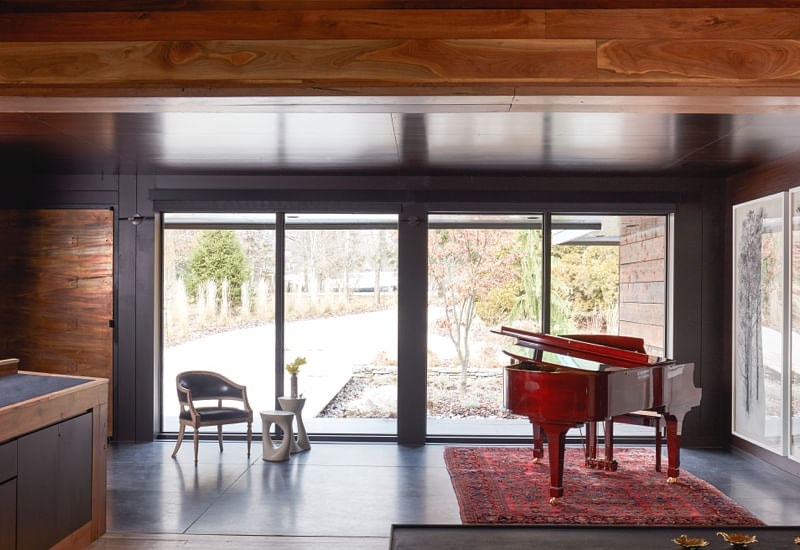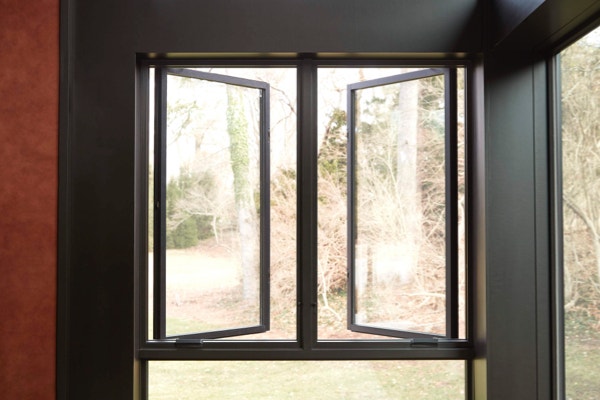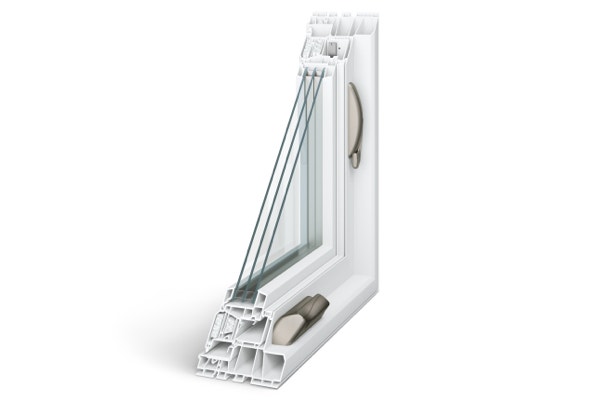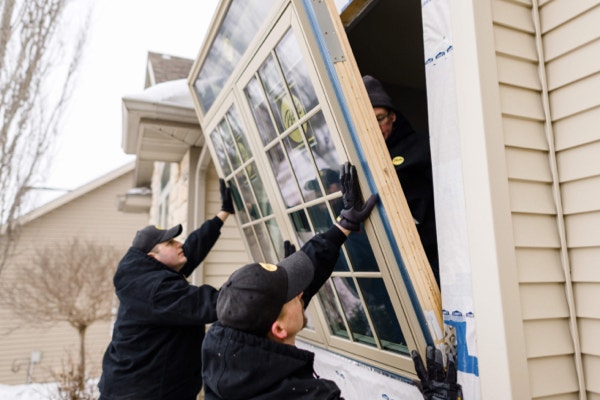Are Large Windows Energy-Efficient?
Posted
on December 1, 2021

If your HVAC system is working overtime from season to season because of your home’s windows, it’s not necessarily because of their size. Contrary to popular belief, large windows can be energy-efficient, as long as they’re made of the right materials and installed well. Whether you’re looking to upgrade to large windows or replace existing ones, here’s everything you need to consider so you can go green and save some, too.
What Causes Large Windows to Be Inefficient?
Large windows get a bad rap because they’re often responsible for wasting energy, increasing its consumption and resulting in higher bills and a bigger carbon footprint. When homes heat up in the summer but double as igloos in the winter, the fault really lies with poor insulation from thin, single glass panes and air leakage from older, incorrectly installed frames. These issues aren’t exclusive to large windows, but because of their size, the effects are certainly intensified.
Considerations for Energy-Efficient Windows
The good news is, there are ways to ensure large windows deliver an improved thermal performance while being kind on your wallet and the environment, and it all comes down to their style, frame material, glass enhancements and installation.
Window Styles for Efficiency
For larger windows, it’s recommended to opt for a fixed style like picture windows that don’t offer movement or functionality. That might seem counterintuitive, but opening and closing windows risks breaking their airtight seals and letting drafts in.


If movement is a must, complement picture windows with hinged windows rather than those that slide open and closed. Hinged windows have lower air leakage rates because they lock into place and create an airtight seal. Popular hinged window options include casement windows, which open vertically, or awning windows, which open horizontally.
Energy-Saving Window Frames
When it comes to framing your large windows, there are multiple options that combine aesthetics with energy efficiency.
- Wood window frames provide excellent insulation and keep external heat or cold out of your home. That means less lowering of the AC and turning on the heat. Wood frames also come in a variety of color options so you don’t have to sacrifice your home’s unique look for efficiency.
- What fiberglass frames lack in color choice, they certainly make up for in durability, upkeep and cost-savings. On top of all that, they offer similar insulation as wood to help lower energy consumption in seasons of extreme temperatures.
- Multi-chambered vinyl frames are another solid low-cost, low-maintenance option for energy-efficient large windows. Vinyl is a poor conductor of heat and cold, preventing extremities from making their way inside. And, like fiberglass, it’s less susceptible to warping from extreme temperatures, reducing the potential for air leakage.
During installation, be sure to get your frames insulated with foam as an additional way to prevent air leakage.
Energy-Efficient Glass
Your large window’s glass plays a key role in energy efficiency, as thin, single panes are the primary cause of indoor temperature fluctuation and energy consumption. Ramp up efficiency with:
- Double- or triple-pane glass. Naturally, the more glass, the greater the defense against outside temperatures. But, what makes multiple glass panes so effective is the insulating gas layered between panes. So really, dual-pane glass means you’re getting three layers of insulation, and triple-pane glass means you’re getting five layers of insulation. Talk about temperature control!

- Low-E glass coating. Low-emissivity (Low-E) glass coating reflects solar heat. In the winter, it can reflect heat internally to warm things up, and in the summer, Low-E glass reflects heat away from your home so rooms with large windows can keep their cool. The best part about Low-E glass? It comes in a variety of options so you can choose glass for your large windows that’s best suited to your climate.
- Solar film. This thin layer of tint blocks ultraviolet rays from warming your home in the summer and helps retain more heat indoors during the winter. If you have large windows that aren’t ready for replacement, solar film can be added to existing windows for an energy-efficient boost.

Professional installation from a trusted team can ensure your windows perform at peak efficiency. If window installation isn’t done correctly or pieces don’t fit exactly into place because of inaccurate measurements, air could leak out and drive up your energy consumption rates. This will mitigate any efficient steps you’ve taken with your window design, frame and glass choices.
Have Your Large Windows and Save Energy, Too
With the right design, frame and glass selections, you can still enjoy the benefits of large windows while also reducing your energy bill and carbon footprint. For more information on replacing your home’s large windows with cost- and planet-friendly solutions, consult the experts at Pella. We’ll walk you through our most efficient offerings so you can choose the styles, frames and glass best-suited to your home’s look, climate and budget.
Schedule a free consultation to find windows and doors for your home.
